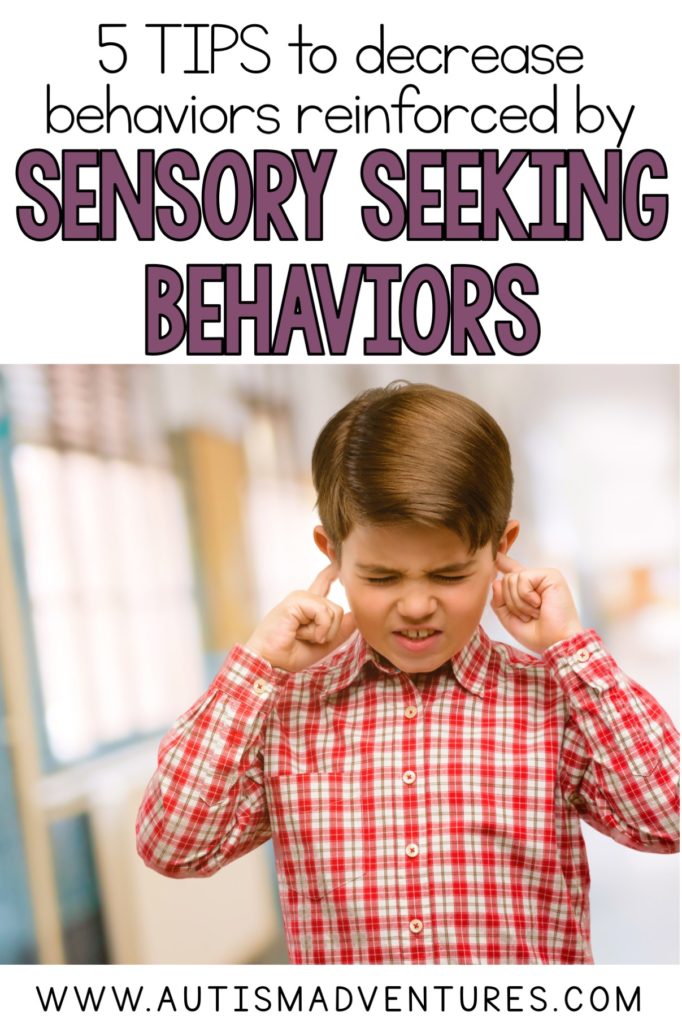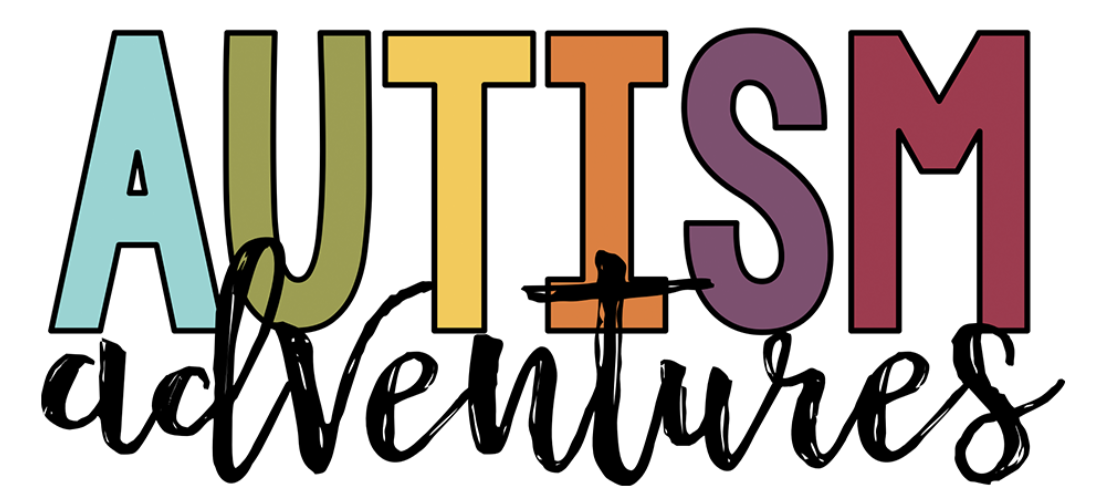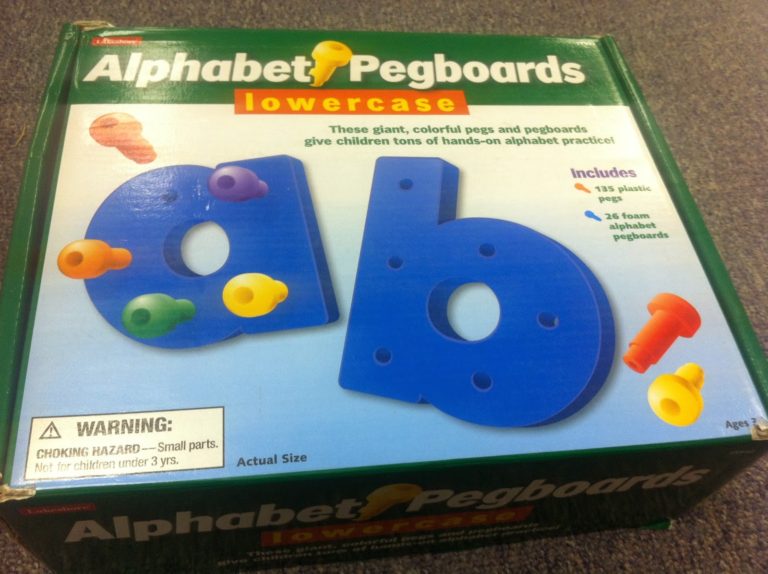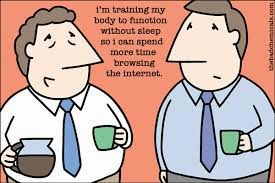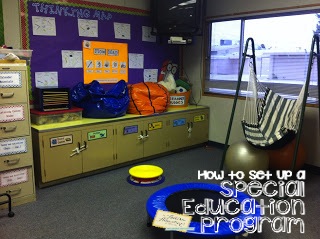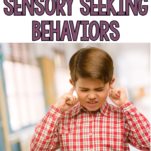Five tips to decrease sensory seeking behavior in the classroom
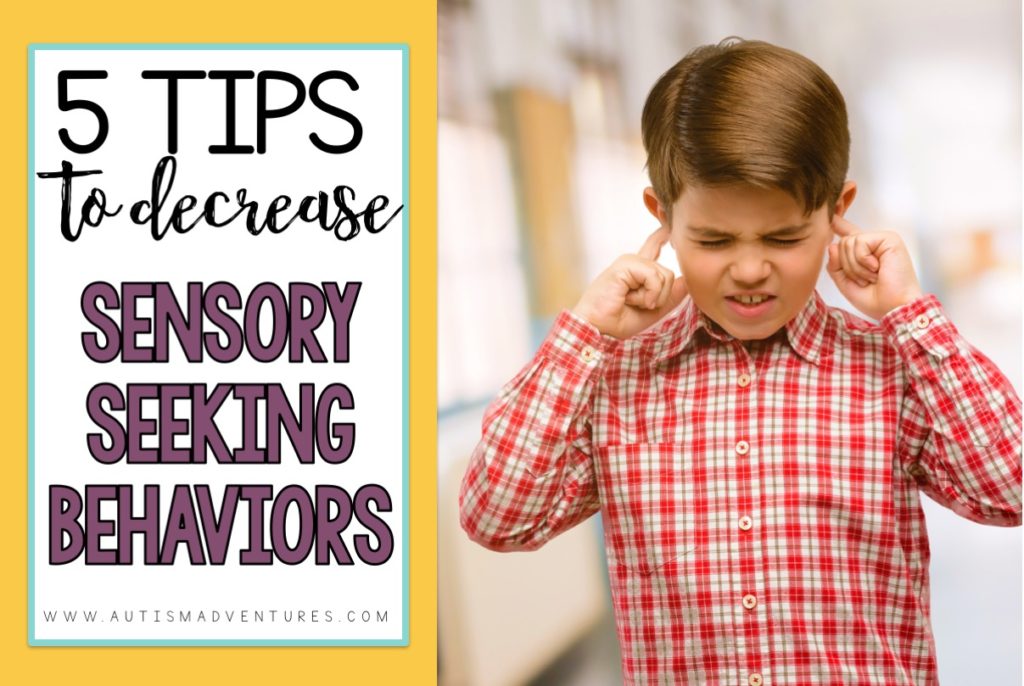
If you remember from the first post here, sensory maintained behaviors mean that the action itself is pleasurable. That sensation is what is causing the behavior to continue. Unlike the other functions, these behaviors (typically) do not require another person to be reinforcing. You might see students engaging in these behaviors when they’re alone. This could include more obvious behaviors like flapping, making vocal noises, or tensing, or more covert behaviors like hair twirling (guilty), leg wiggling or tapping. These behaviors can be the trickiest to manage because it is reinforcing itself. Hopefully the following tips to decrease sensory seeking behavior will be helpful in reducing disruptions due to these types of behaviors in the classroom!
Five tips to decrease sensory seeking behavior in the classroom.
1. Make sure students know when and where these behaviors are appropriate
We can’t expect our students (or ourselves!) to have no sensory needs or related behaviors. We can help them to understand when and where these behaviors are appropriate. A red card/green card system can be effective for helping students understand when they can fidget, sing, yell, flap, and tap, and when they shouldn’t. Depending on the student, starting with short intervals of “red”, can help them to practice staying on task without engaging in these types of behaviors. If appropriate, making it a game for the whole classroom can be a fun way to incorporate everyone (we all have sensory maintained behaviors!)
2. Give students a more appropriate way to get sensory needs met
For our kiddos who have difficulty refraining from these behaviors for any period of time, or for those behaviors that are very disruptive in the classroom, teaching more covert ways to get their sensory needs met can be useful! For example, the kiddo who is always tapping on his desk might be able to fidget with a small piece of playdoh with less disruption. The student who is always wiggling and sliding off his seat might benefit from a different textured seat cushion. Consider the sensory input that your students are looking for, and try replicating it with a more convert way to get that same input.
3. Build in sensory related activities
Building in sensory type activities are great for all students! It helps student to experience and process different sensations. It also helps practice different types of motor skills. For some, it may even meet sensory needs that will decrease these behaviors later on. To read more about sensory needs in the classroom, check out Melissa’s other blog posts HERE. If a student feels the urge to fidget with his hands but has the opportunity to do that in a big sensory bucket of squishy toys, he might be less likely to need to seek that input during a lesson. Try building in sensory activities throughout the day and…
4. Reinforce on task behavior with sensory breaks
….try to do these things before a difficult lesson, or after a successful lesson. It’s not uncommon for sensory maintained behaviors to transform into having other functions. For example, a student who is given a difficult worksheet begins engaging in vocal stereotypy and tensing. This same student is sometimes taken on a “sensory break” or taken to a different room. They may also go on a walk or other type of activity to get their sensory needs met. We need to be careful here. While that student may need a break, they also just learned that those noises he made got him out of work and into a really fun activity instead.
Every kiddo, and adult, needs a break sometimes! Melissa has some break visuals for you HERE. Sensory rooms and gyms are becoming more popular in schools now, and themed sensory bins and activities are a great way to incorporate them into a lesson. Just be sure to be mindful of when these breaks or activities occur. Bonus points if they are after a successful lesson or activity!
5. Examine what’s really going on
As always, it’s important to examine all of the relevant variables. It could be possible that your student who closes his eyes frequently is overstimulated by the classroom’s bright lights. They may just needs a darker space to be able to focus. The student who is constantly fidgeting with her shirt might be sensitive to certain materials, or her tag. This student may just need a different material shirt to be successful. Be cautious as well, that behaviors that seem to serve a sensory function, might be serving other functions as well (like escape, or attention!). Be mindful of inadvertently reinforcing them.
Our kiddos are silly, wiggly, fidgety and loud. It’s normal and expected! Sometimes our students have a higher-level need for this kind of input, and some may avoid this kind of input all together. Hopefully by working together to find a balance between our student’s needs and the needs of the classroom, we can create a successful environment for everyone. These. tips to decrease sensory seeking behavior will hopefully help reduce challenges in the classroom.
Like what you read? Don’t forget it, PIN IT!
